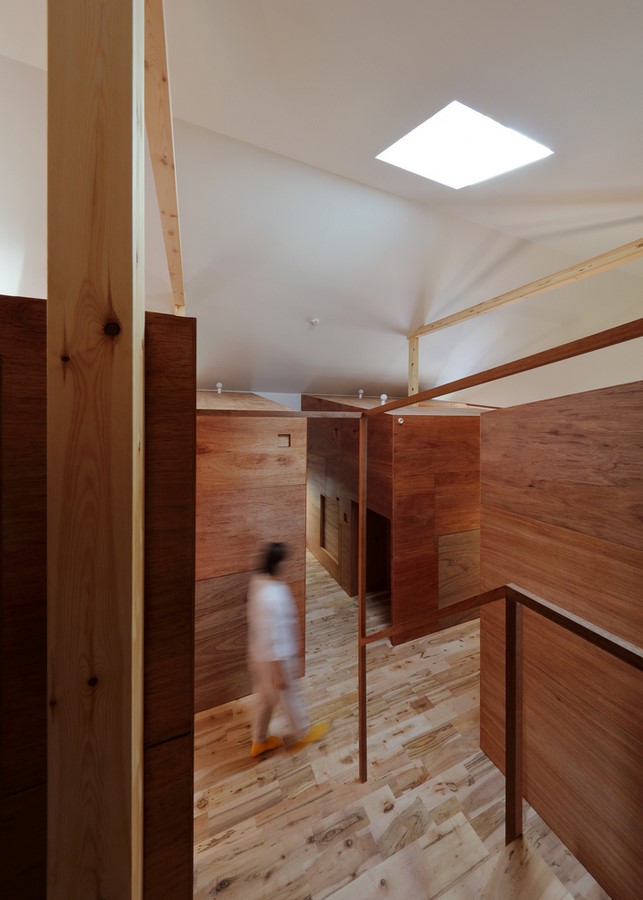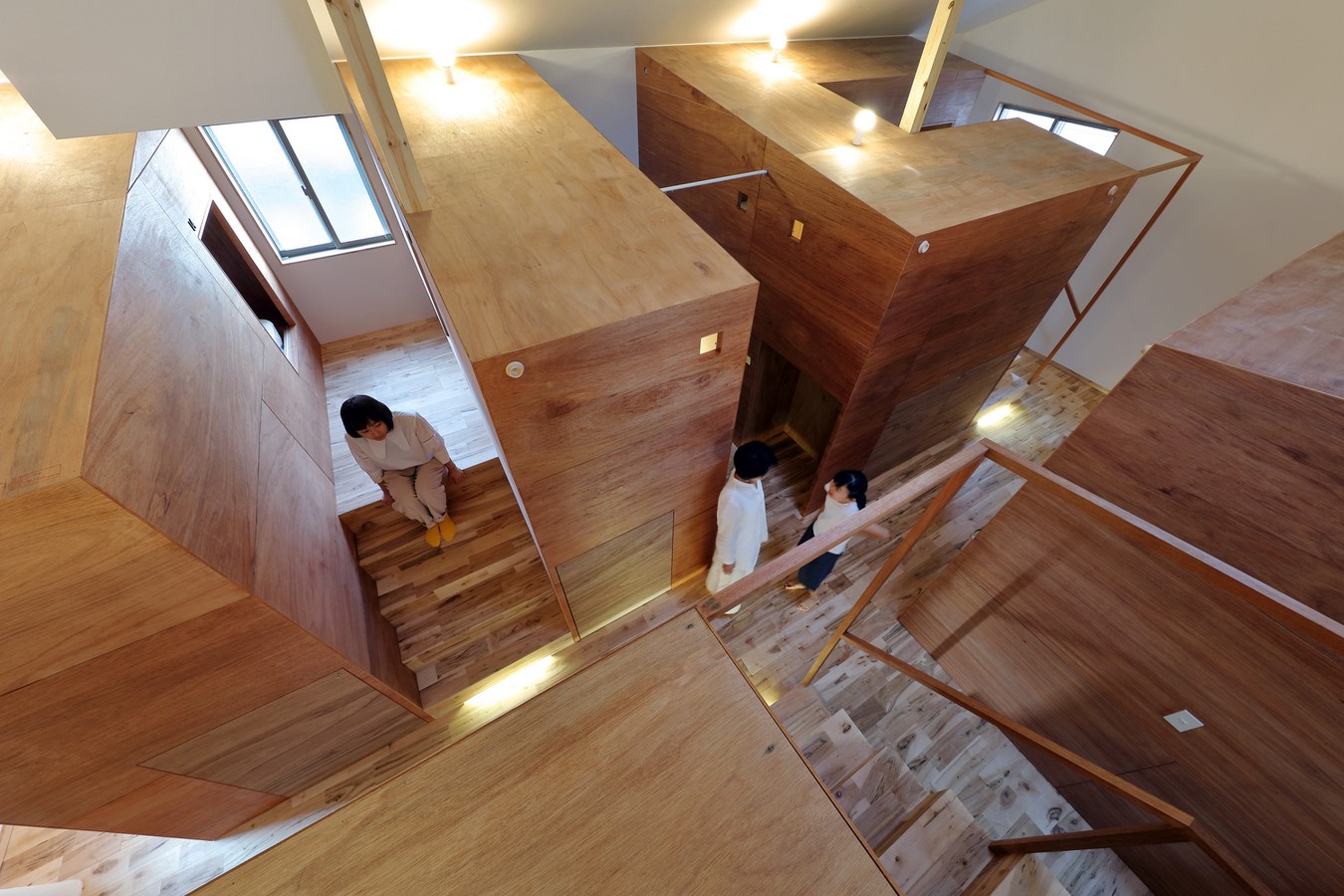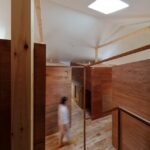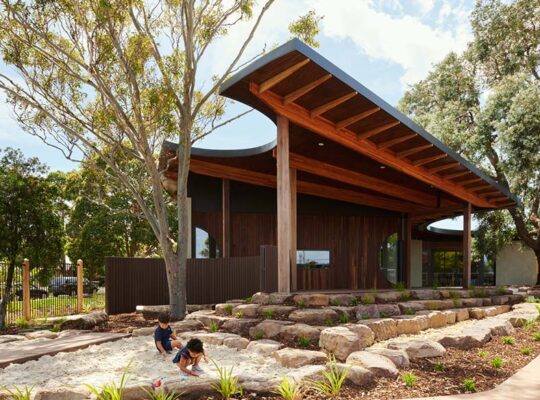Introduction to Kyoto Suiden-ann Hostel SUI
Situated in the renowned weaving district of Nishijin in Kyoto, the Kyoto Suiden-ann Hostel SUI, designed by Alphaville Architects, offers a distinctive guesthouse experience. This article delves into the innovative design and concept behind this hostel.

Context and Location
Nishijin is nestled in the northwest part of central Kyoto, known for its rich tradition and cultural heritage. The client, who also manages a cultural salon nearby and works as a diving instructor, envisioned a guesthouse that caters to tourists and guests from afar.
Unique Design Approach

Unlike conventional capsule hotels, Kyoto Suiden-ann Hostel SUI features settlement units within the building. These units house bed modules and are strategically combined to create semi-public areas, deviating from the standard side-by-side bed layout commonly seen in traditional hostels.
Creating Social Spaces
One of the notable aspects of the design is the open areas in front of the bed doors, fostering social interaction among guests. The second-floor capsule rooms are specifically designed for female users with shared hobbies, resembling a small village where they can relax and engage in group activities.
Private Passages and Social Spaces

Cabins are arranged to form private passages akin to alleys, offering users the flexibility to switch between private and social settings based on their preferences and the dynamics of their group. This design adaptation caters to varying time zones and user types, accommodating both individual and group experiences seamlessly.
Conclusion
The Kyoto Suiden-ann Hostel SUI stands out for its innovative approach to hostel design, prioritizing social interaction while providing options for privacy. By reimagining traditional hostel layouts and incorporating versatile spaces, the hostel offers a unique and enriching experience for its guests.

























